class=”youtube-video”
Free Resources for Busy Parents and Educators Who Don’t Have as Much Time to Read and Surf as I Do with Fresh Content Every Weekday and post around 8:00 am Eastern US time.
The Twitter names next to each link belong to the authors, publications, and the people who bring them to my attention. Be sure to try the bottom right translate button for your favorite language or one you are trying to learn. If you don’t see it, check your adblocking software
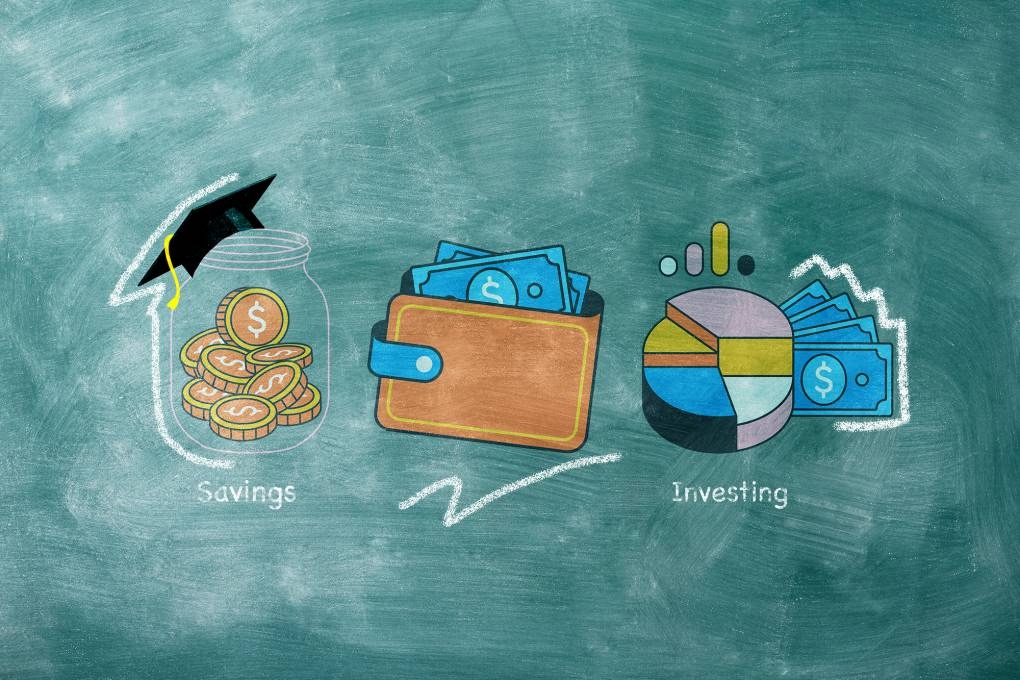
Should Kids Learn Financial Literacy in School? California Voters May Decide. What’s happening in your school? @CalMatters @KQEDedspace

New group targets AI skills in education and the workforce. Stakeholders from K-12, higher ed, industry, and government are convening to outline AI skill development policies. @eSN_Laura @eschoolnews

Better Siri is coming: what Apple’s research says about its AI plans. It looks very much like Better Siri is coming. @pierce @verge

Social Media/Artificial Intelligence
Are noise-canceling headphones harmful to your health? How to use them safely – Audiology experts are sounding the alarm about noise-canceling earbuds and headphones, warning users that blocking out background noise can affect how your brain processes sound and reduce your awareness of your surroundings. @tracyswartz

Learning
The One Thing That’s Holding Back the Heat Pump – It’s not the technology itself. It’s that we don’t yet have enough trained workers to install heat pumps for full-tilt decarbonization. @mrMattSimon @WIRED
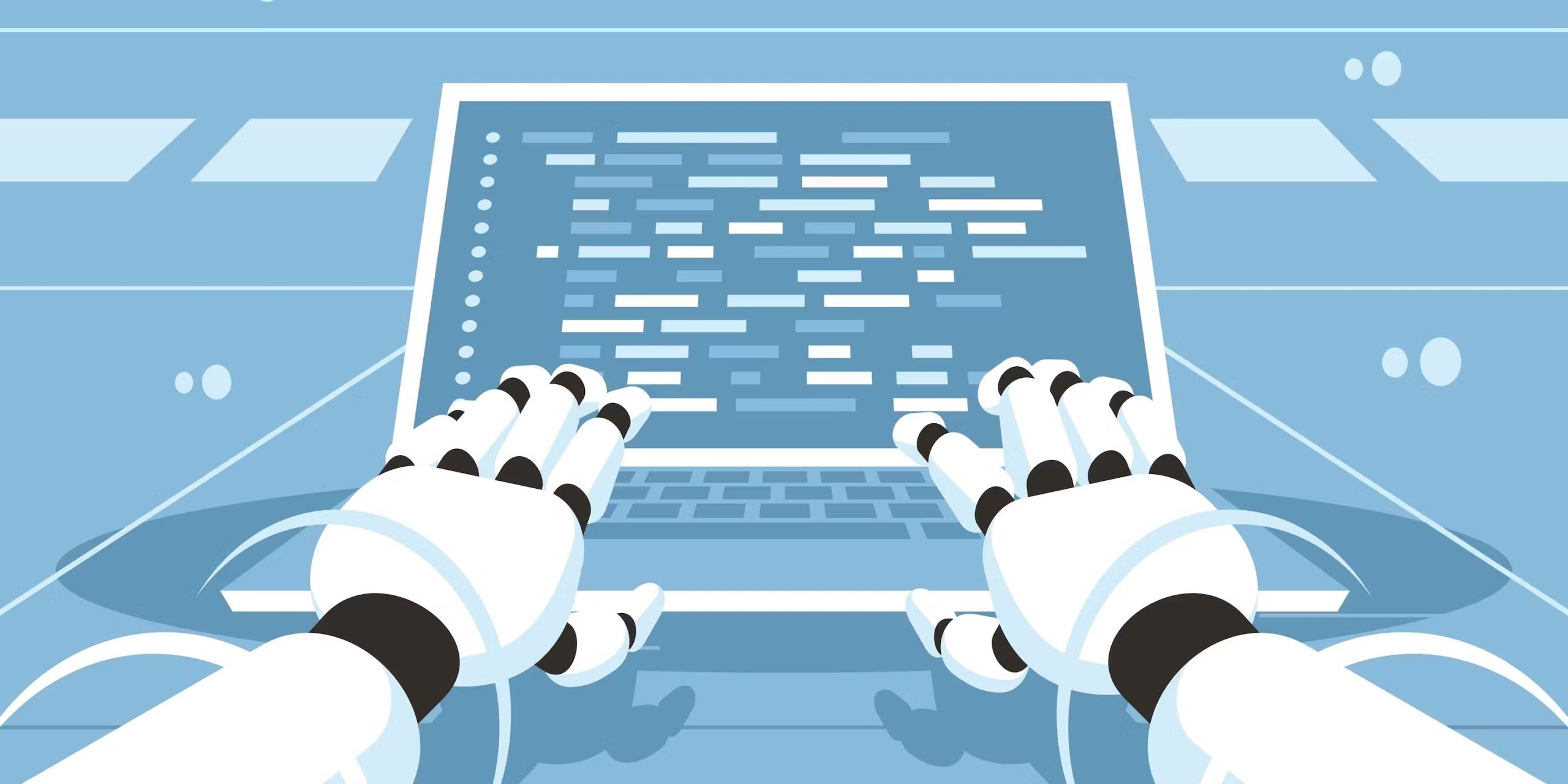
Leadership/Parenting
What Do We Gain and Lose When Students Use AI to Write? If a student uses AI to write and nobody notices, does it matter? @tonywan @reachfund @EdSurge
Inspirational/Funny Tweets
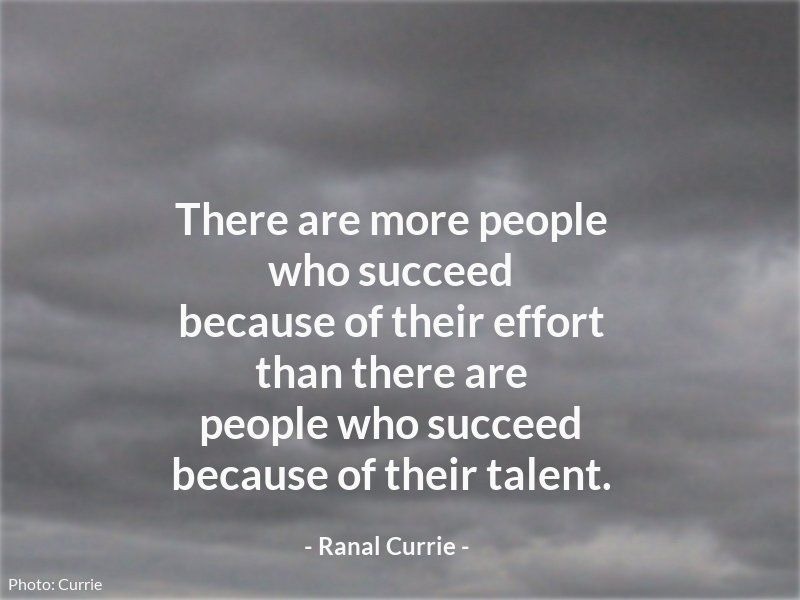 @Ranal55
@Ranal55
Humor, Music, Cool Stuff
Foggy Morning Breaking – Alison Brown (feat. Steve Martin) If you like one banjo, I’m sure you will like two. @alisononbanjo @UnrealBluegrass

Recent Book Summaries & My Podcasts
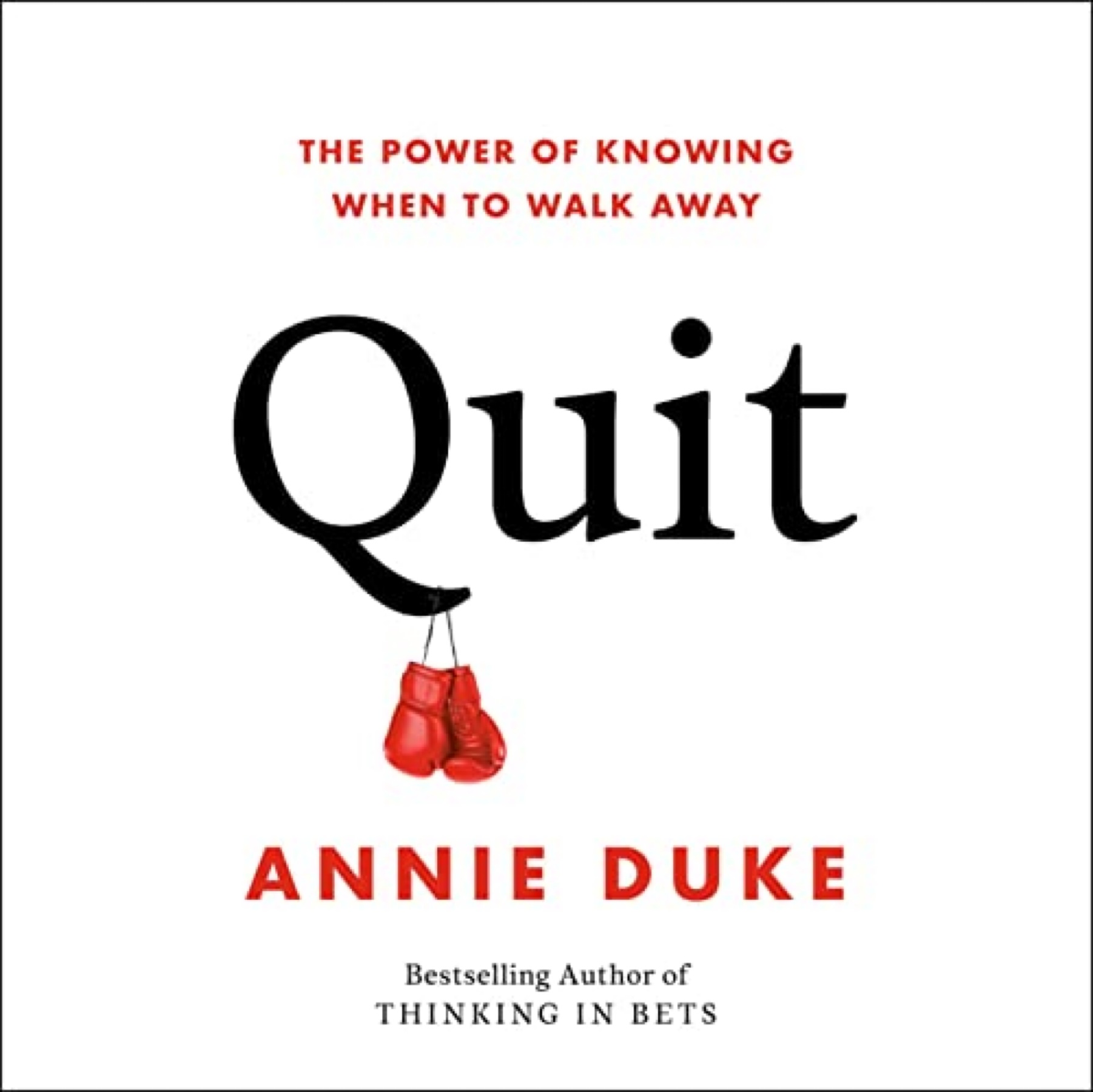
Quit: The Power of Knowing When to Walk Away by Annie Duke
Building Thinking Classrooms in Mathematics Grades K-12: 14 Teaching Practices for Enhancing Learning by Peter Liljedahl
Influence: The Psychology of Persuasion by Robert Cialdini@RobertCialdini
Valedictorians at the Gate: Standing Out, Getting In, and Staying Sane While Applying to College by Becky Munsterer Sabky
Plays Well With Others: The Surprising Science Behind Why Everything You Know About Relationships Is (Mostly) Wrongby Eric Barker
How to Raise Kids Who Aren’t Assholes: Science-Based Strategies for Better Parenting from Tots to Teens by Melinda Wenner Moyer
My Post-Pandemic Teaching and Learning Observations by Dr. Doug Green Times 10 Publications
The Power of Regret: How Looking Backward Moves Us Forward by Daniel Pink
Limitless Mind: Learn, Lead, and Live Without Barriers by Jo Boaler
The Future of Smart: How Our Education System Needs to Change to Help All Young People Thrive by Ulcca Joshi Hansen
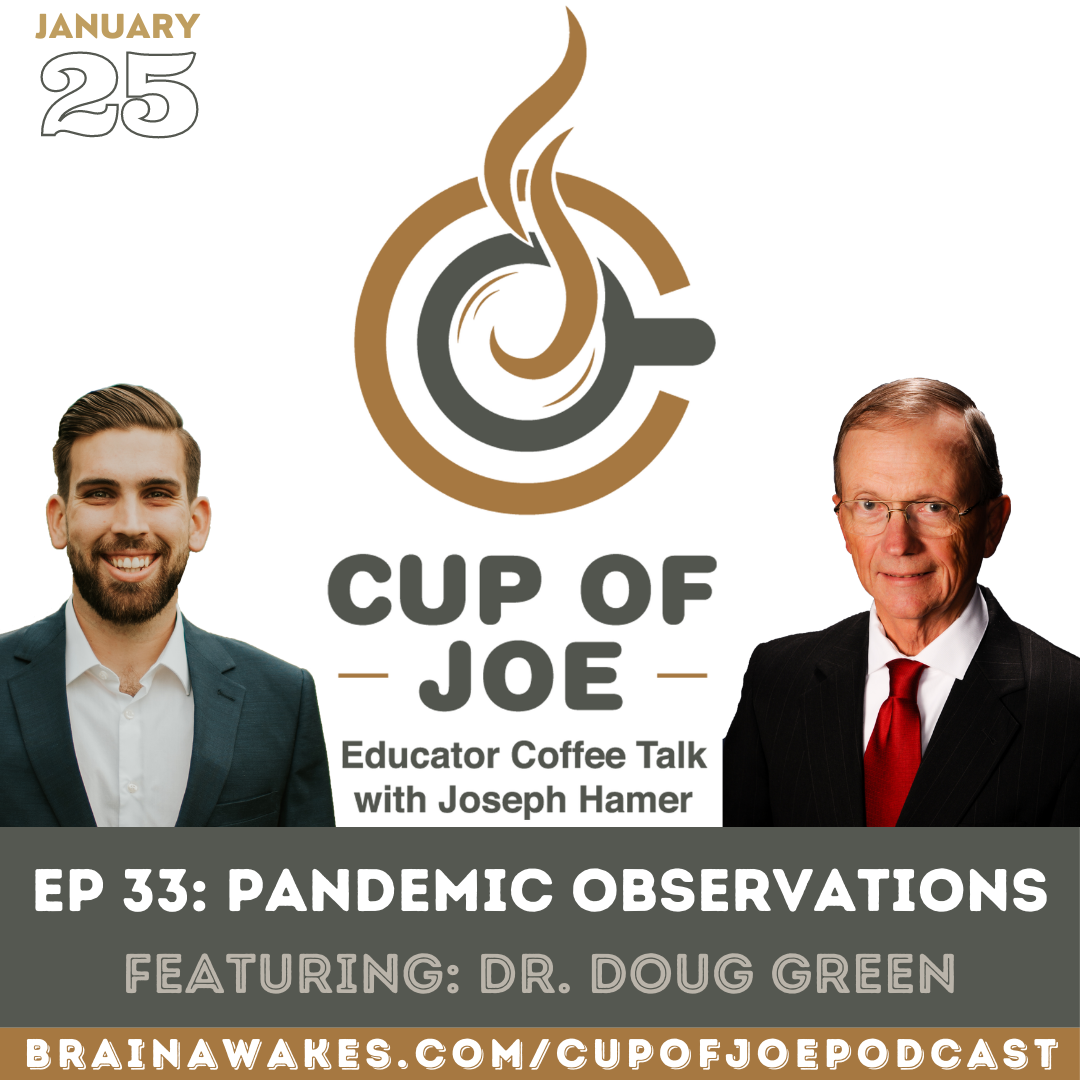
Listen to Dr. Doug on the “Cup of Joe” podcast. I recorded it last week. On it, I talk about the many good things I have seen in schools doing hybrid teaching. @PodcastCupOfJoe @DrDougGreen @BrainAwakes
This is my podcast on the Jabbedu Network. Please consider listening and buying my book Teaching Isn’t Rocket Science, It’s Way More Complex. Here’s a free executive summary. @jabbedu @DrDougGreen
Boys and Sex: Young Men on Hookups, Love, Porn, Consent, and Navigating the New Masculinity by Peggy Orenstein









 @Gapingvoid
@Gapingvoid
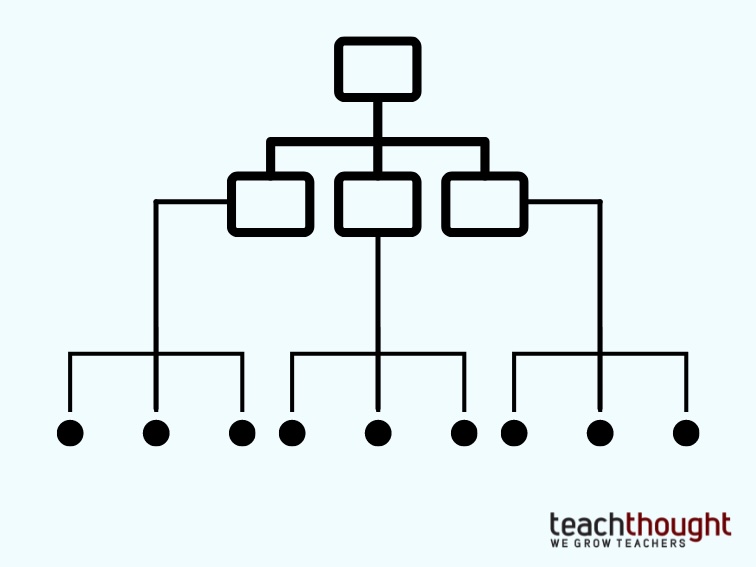


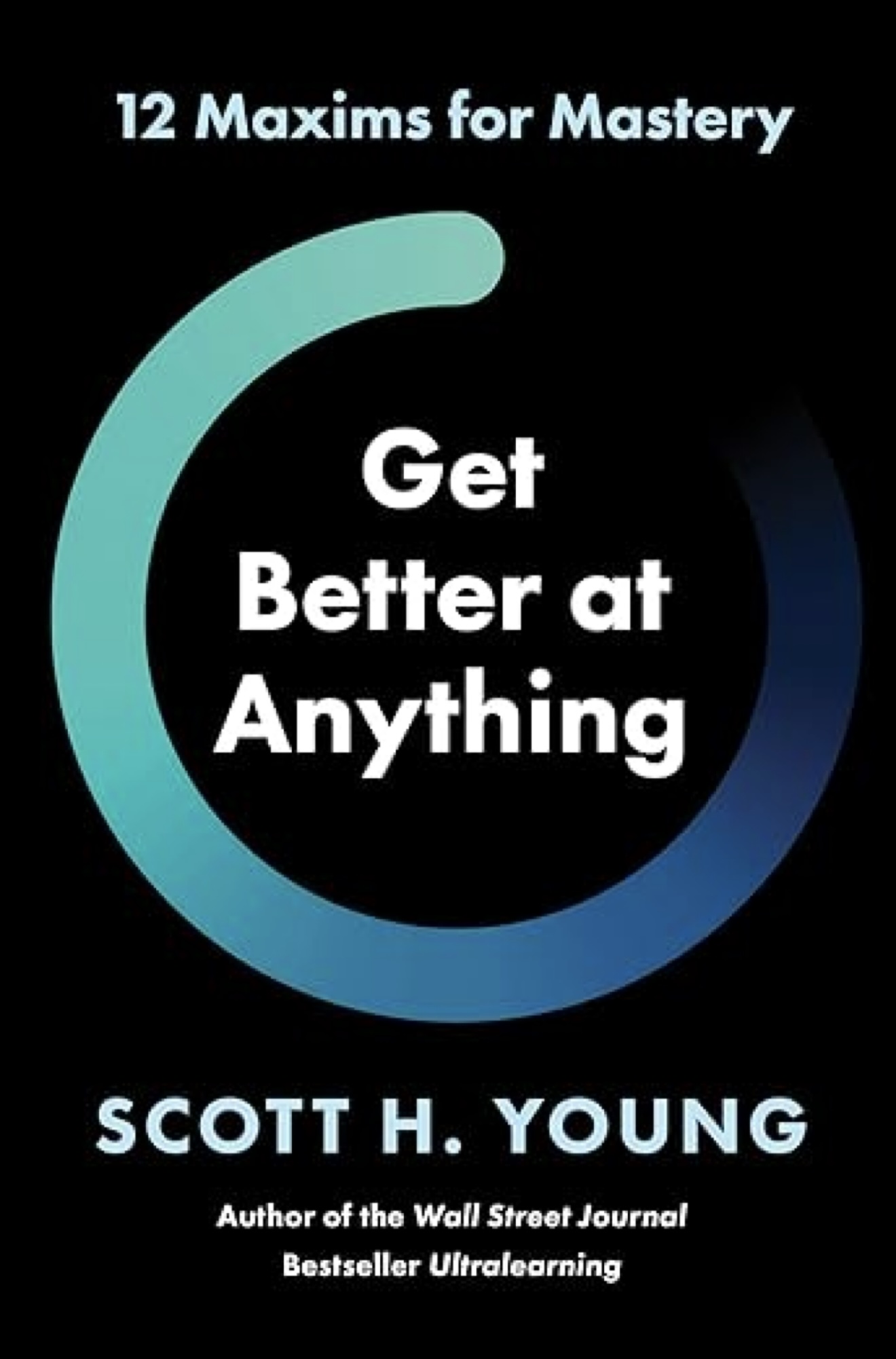

 @positiveKristen
@positiveKristen



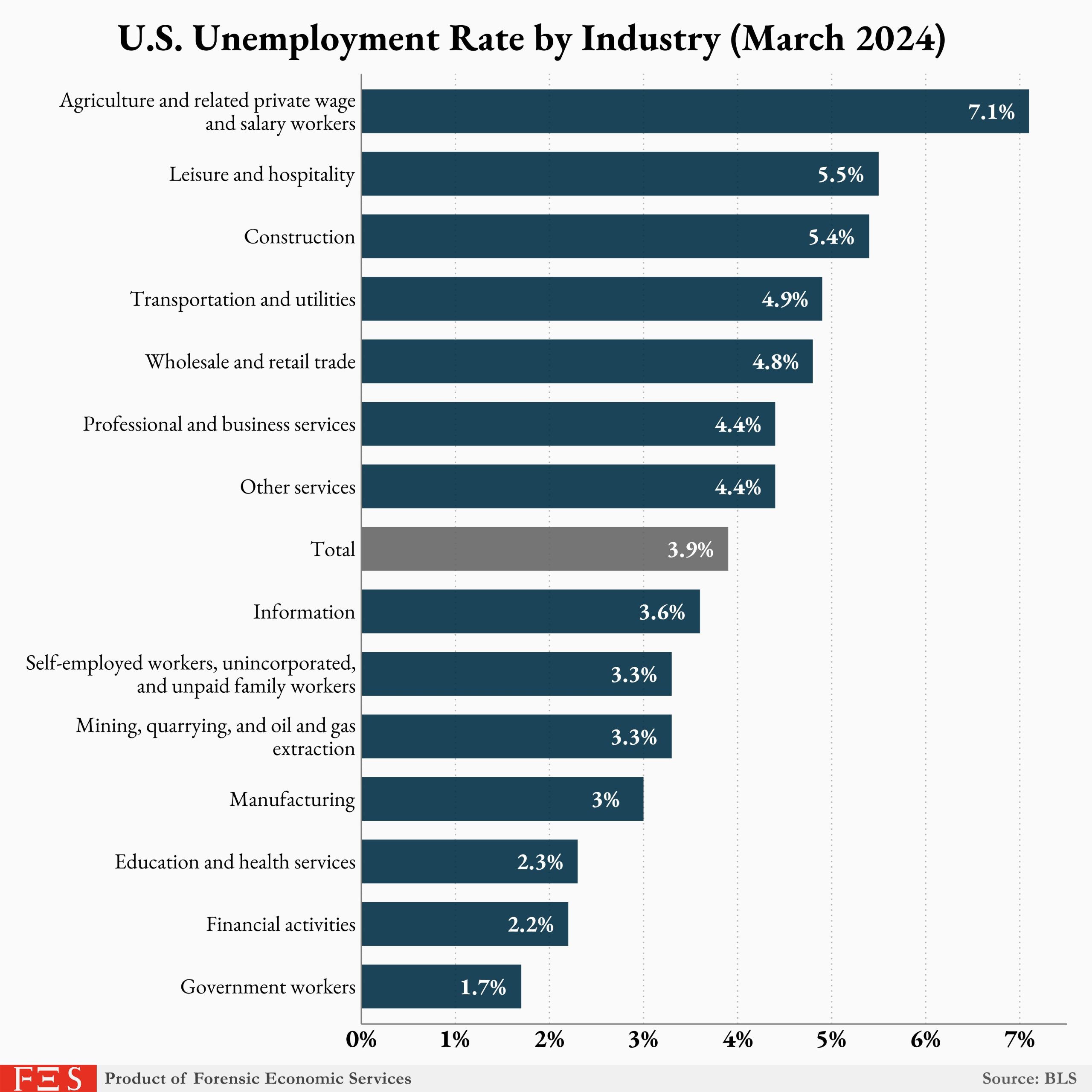

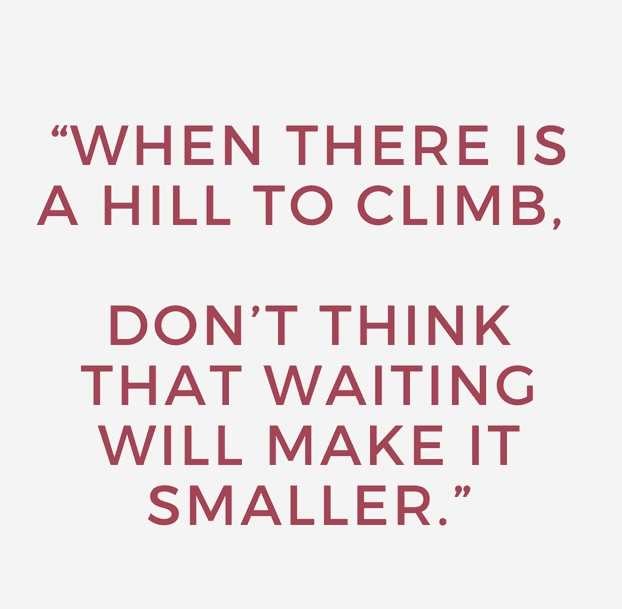



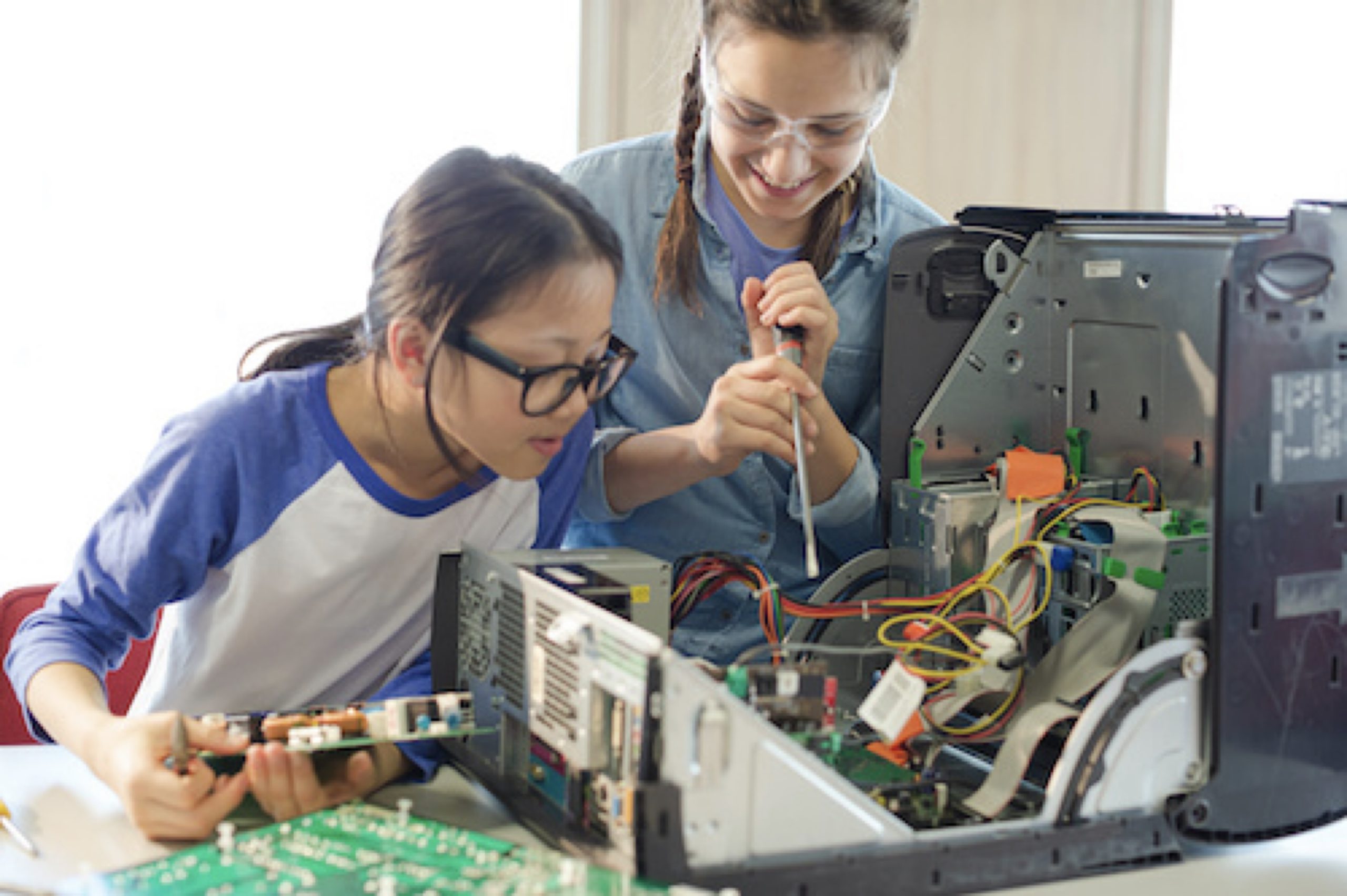
 @EzuieQuotes
@EzuieQuotes